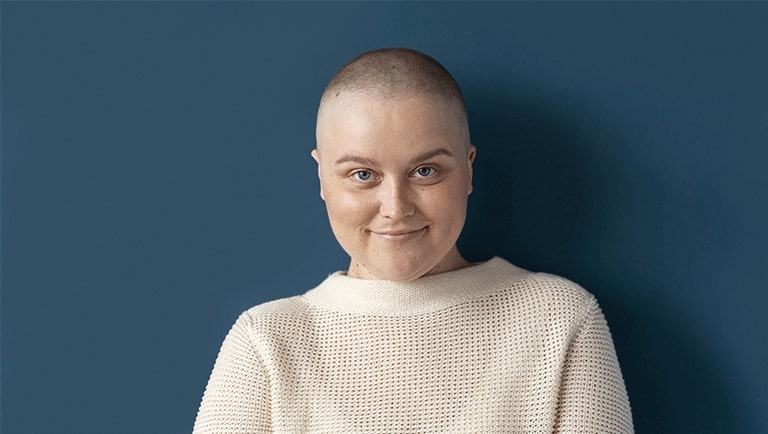Oncology: The Role and Support of the Oncologist
Oncology Definition
Oncology is concerned with the prevention, diagnosis, and treatment of tumors, which are masses of cells that grow uncontrollably. Benign tumors have limited growth and are unable to reach the bloodstream and invade adjacent tissues. Malignant tumors, on the other hand, have a high capacity for growth and spread through the bloodstream to other organs. This phenomenon, called metastasis, represents the most advanced stage of the disease.
When to Consult an Oncologist?
Generally, an oncology consultation is necessary when clinical (blood tests, urine tests) or instrumental (X-rays, CT scans, MRI, endoscopies) examinations raise suspicions or have revealed abnormalities requiring the assessment of an oncologist, a doctor specializing in the diagnosis and treatment of cancer.
The oncology consultation allows for the evaluation of the results of already performed clinical and instrumental examinations and, if necessary, to prescribe new ones to better define the cancer treatment.
There is no single symptom that unambiguously indicates the presence of cancer. However, some signs indicate the need for a medical examination: excessive fatigue, unintentional weight loss, fever, itching, yellow skin (jaundice), abdominal pain, bleeding, cough, newly formed or altered nodules and moles.
Cancer prevention is fundamental. It involves a healthy lifestyle (moderate and regular physical activity, avoidance of tobacco and alcohol) and regular check-ups, especially if family members have had cancer.
A specialized, multidisciplinary team, coordinated by the oncologist, welcomes the patient and gathers as much information as possible about their history and lifestyle: diet, smoking, physical activity and sedentary behavior, current health conditions, previous surgeries, family history of similar conditions, and medication.
The doctor also evaluates all the clinical documentation in the patient's possession, reconstructing the medical history and examining all available data.
They conduct a physical examination, which can last from 30 minutes to an hour, during which they auscultate the heart, check the pulse and respiration, palpate the abdomen, look for swollen lymph nodes, and perform other physical tests.
Then, if necessary, they prescribe all the necessary examinations for patients requiring further diagnostics: blood tests, radiological examinations, biopsies, endoscopies. Or, if the diagnostic picture is already clear, they advise the patient on the most appropriate treatment for their case: surgery, chemotherapy, radiotherapy, hormone therapy, biological pharmacotherapy. In some cases, these therapies can be combined.

What is the Role of a Medical Oncologist?
A cancer diagnosis is a devastating event for patients. The role of the oncologist is to create a comprehensive treatment plan within a multidisciplinary team, offering the best treatment options (clinical, surgical, and radiotherapy), which is where medical oncology and surgical oncology come into play.
Today, more than half of patients diagnosed with cancer can be cured. Many others can live a long time with their disease with minimal clinical signs and symptoms. It is therefore crucial to make a correct diagnosis and plan the best possible treatment program from the outset.
Each patient has their own clinical history, and each type of neoplasm is different due not only to the histological type but also to the extent of the disease and the biology of that specific tumor. Thus, the important collaboration between the oncologist and other specialists in the center (endoscopist, surgeon, gynecologist, biologist, radiologist, urologist, cardiologist, psychologist, etc.) allows offering the best therapeutic options. For this reason, within the oncology department, several sub-specialties can be found, such as pediatric oncology, neuro-oncology, digestive oncology, psycho-oncology, hematologic oncology, etc. In addition to this is the use of new drugs with a personalization of oncological treatment according to the biology of the tumor and the patient's ability to metabolize the drugs.
The oncologist, who establishes the patient's treatment plan, can also help them manage the toxicity associated with chemotherapy, such as vomiting, asthenia, mucositis, etc., through supportive therapy that allows the patient to maintain a good quality of life.
This highlights the need for a holistic approach to each patient within the oncology department, managed by a network of services provided by a multidisciplinary team. The department must support the patient from cancer prevention to the diagnosis and therapy of the neoplasm.
EXPRESS QUOTE
You would like more information
Your health, our priority.
Request your free quote
What are the Risks During a Consultation with an Oncologist?
During the initial consultation with the oncologist, the patient does not present any particular risks. Risks in oncology arise during diagnostic examinations and interventions. Examinations and interventions in oncology are classified into two main groups: pre-diagnostic and post-diagnostic. The first category includes examinations useful for correctly identifying the pathology: biopsies, endoscopies, blood tests, and diagnostic imaging examinations. Often, the doctor uses several at the same time. The second category includes microsurgery (performed, for example, by endoscopy) and surgery, radiotherapy, chemotherapy, hormone therapy, immunotherapy, and all therapies aimed at defeating the tumor and which are therefore used when the oncologist has a precise diagnostic image of the patient's situation.
No particular preparation is generally required to undergo oncological diagnostic and screening examinations. In all cases, it is advisable to always have your medical file with you and to consult your doctor in case of medication, kidney problems, allergies, infections, and suspected pregnancies.